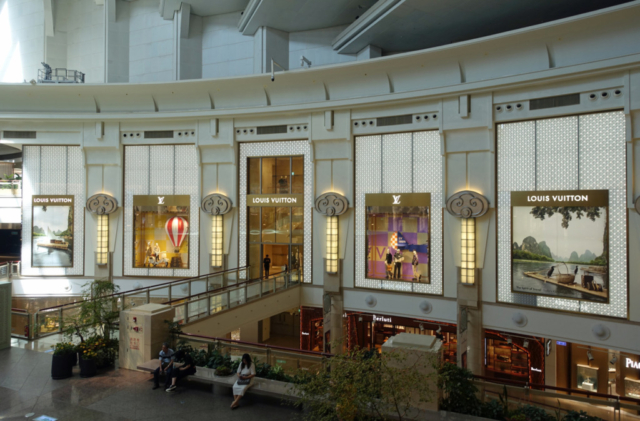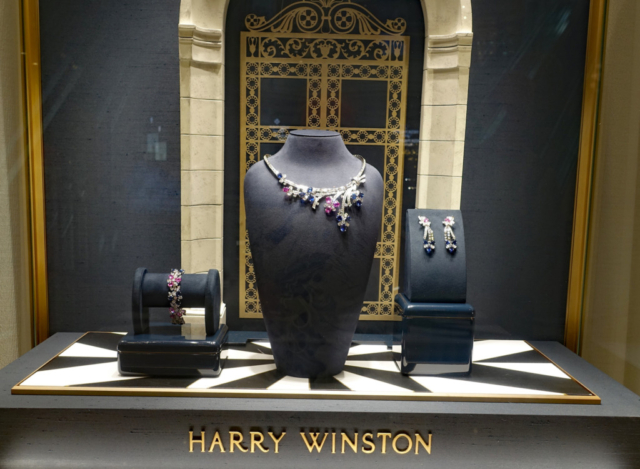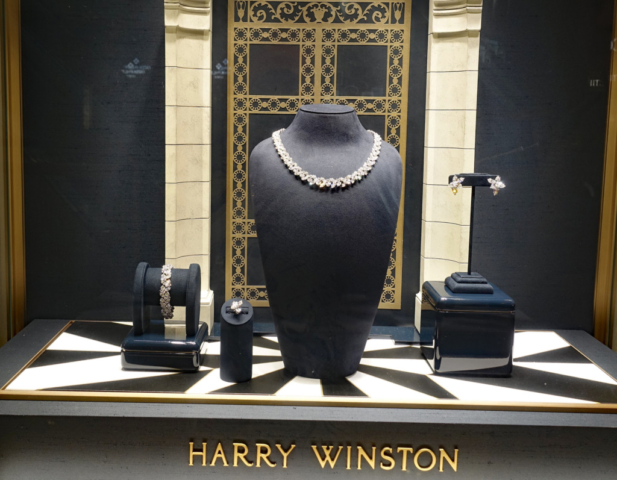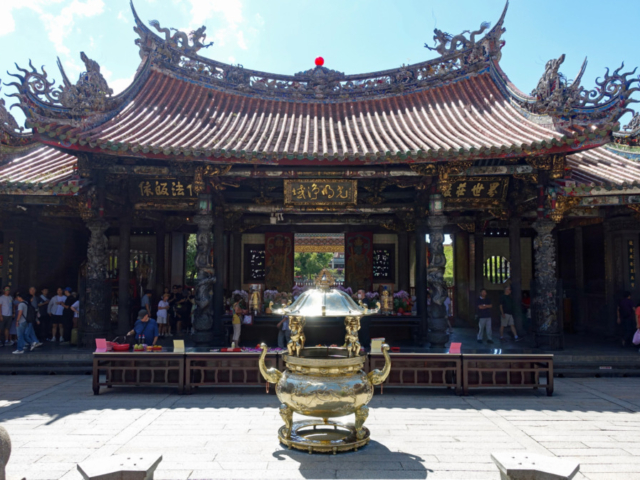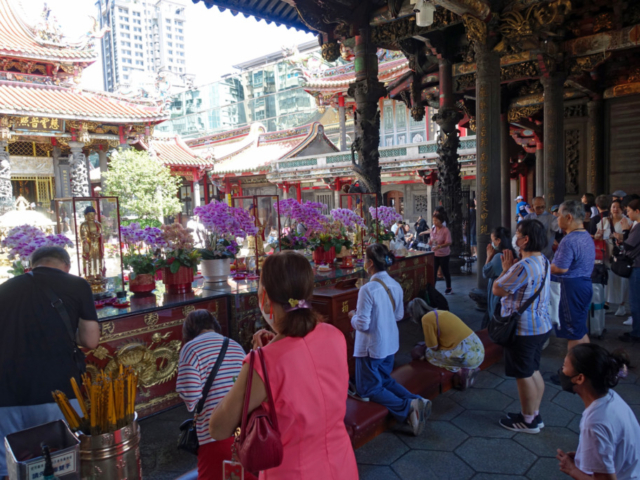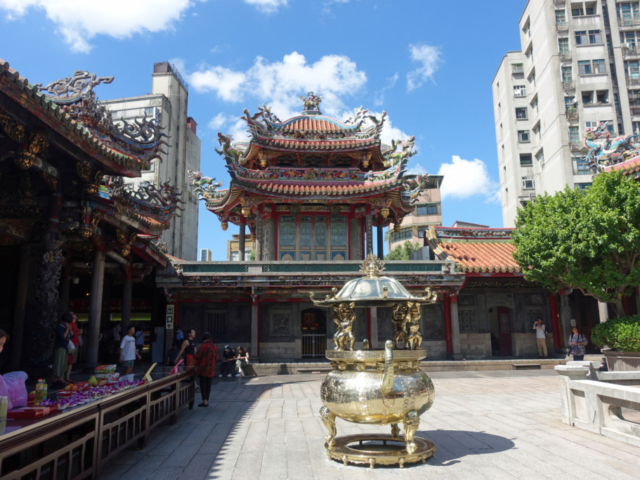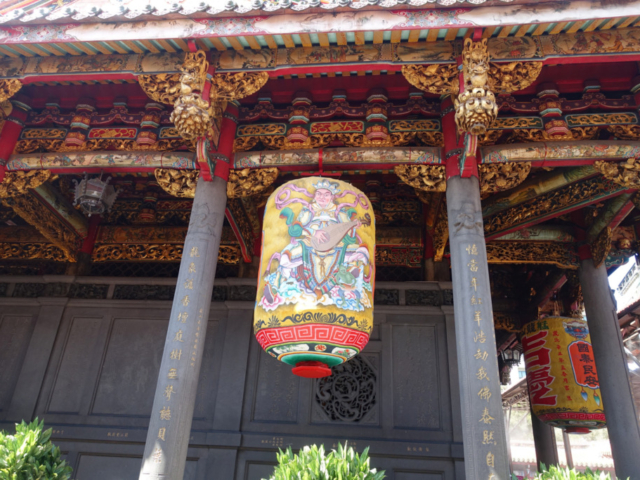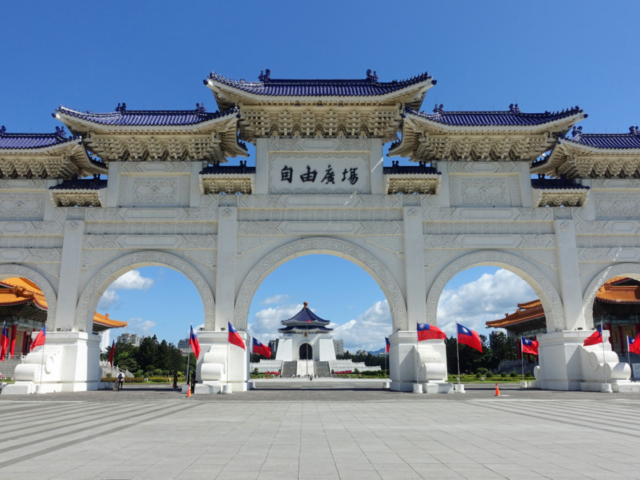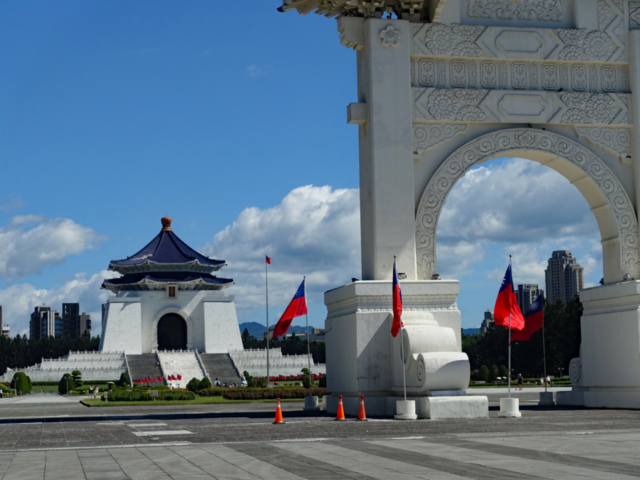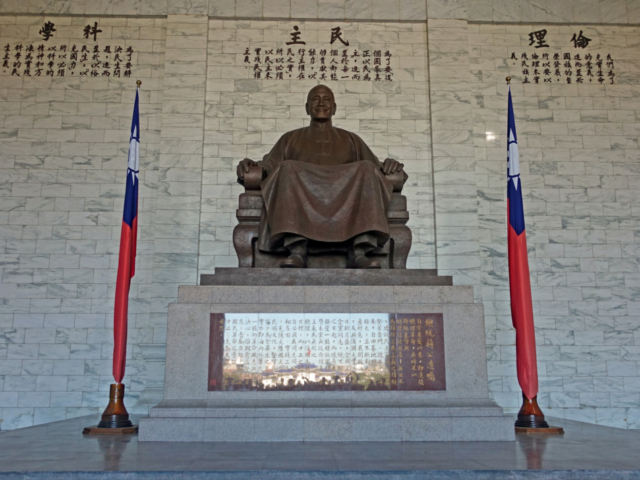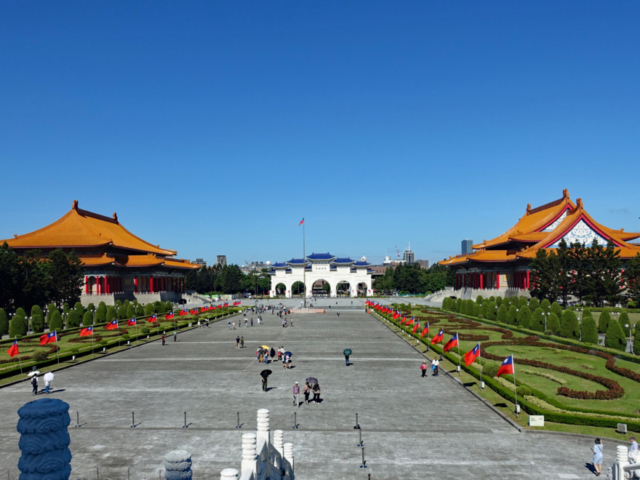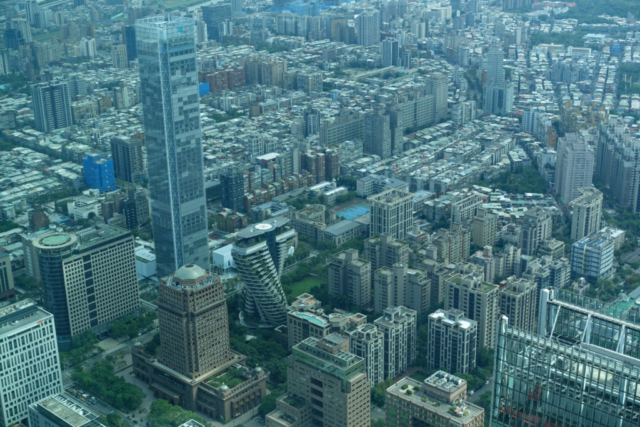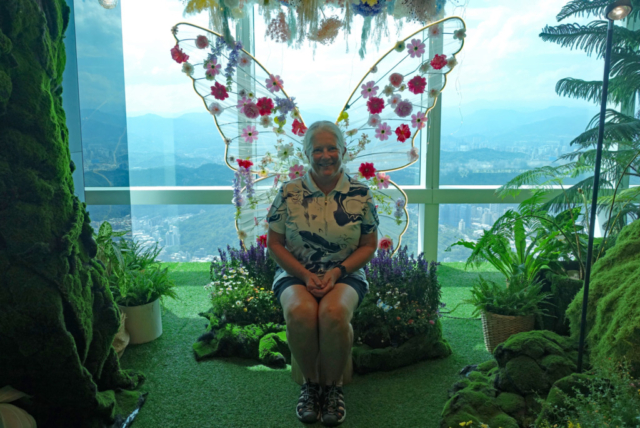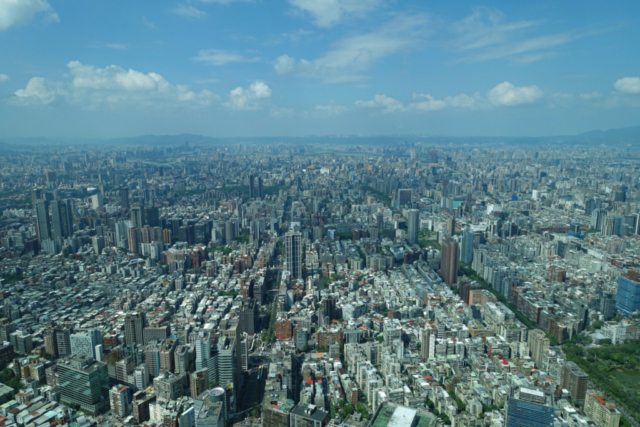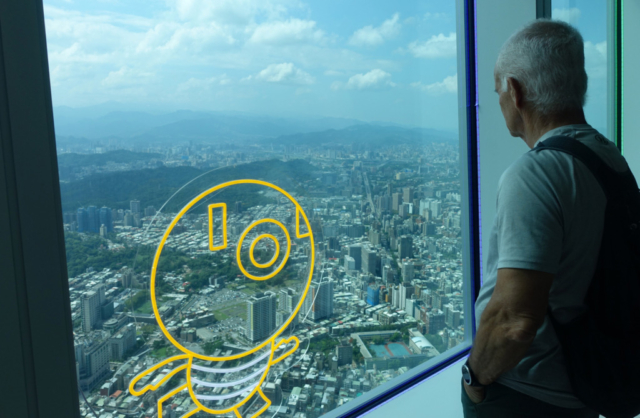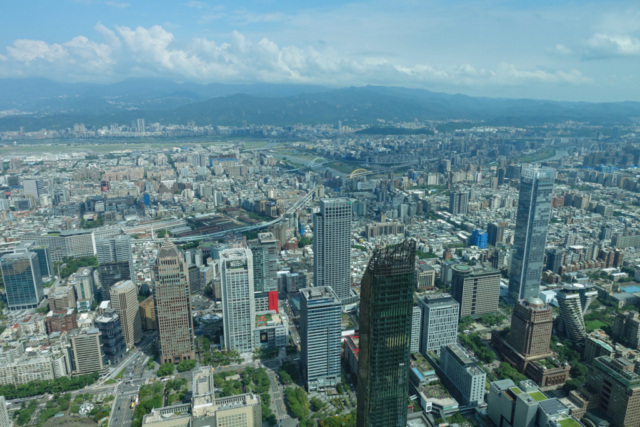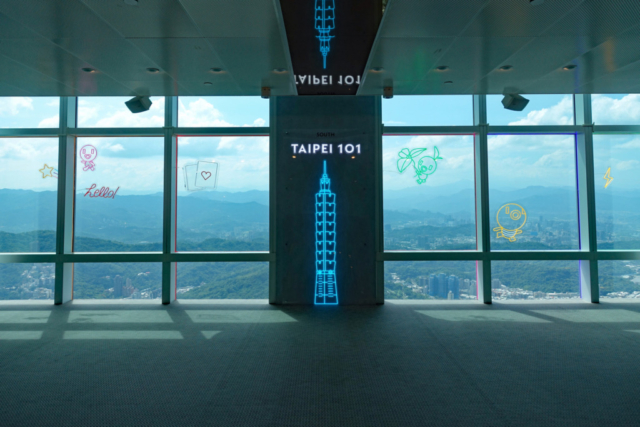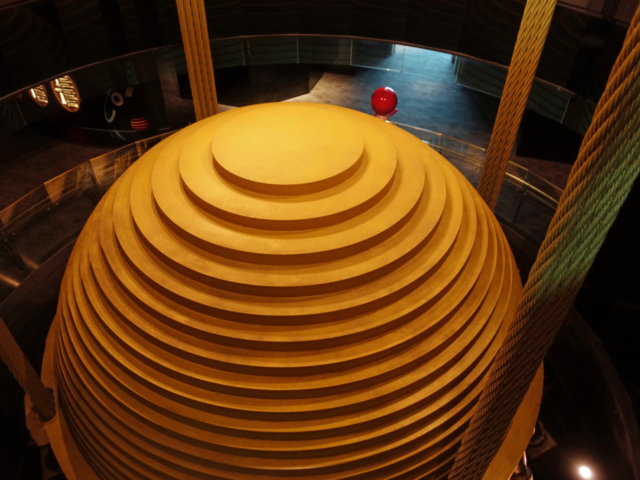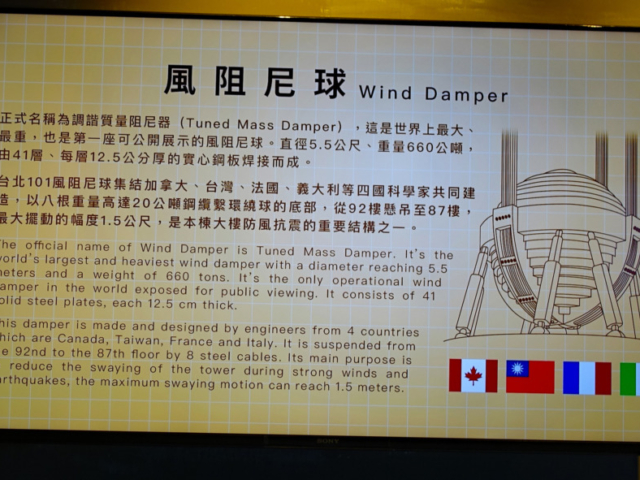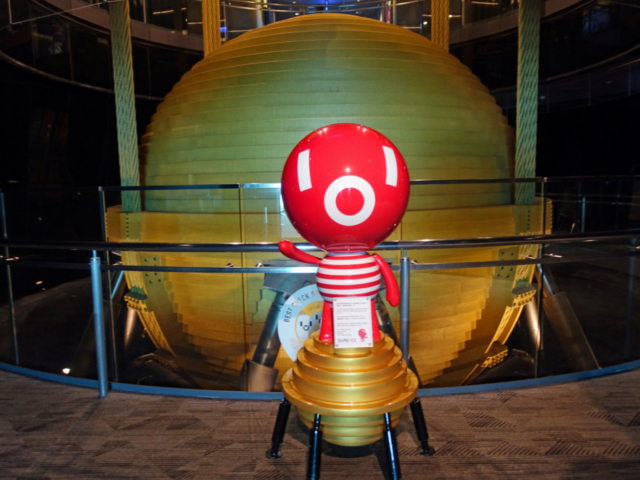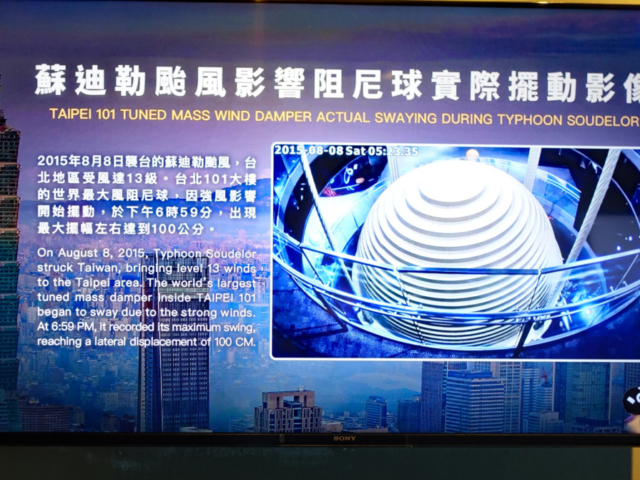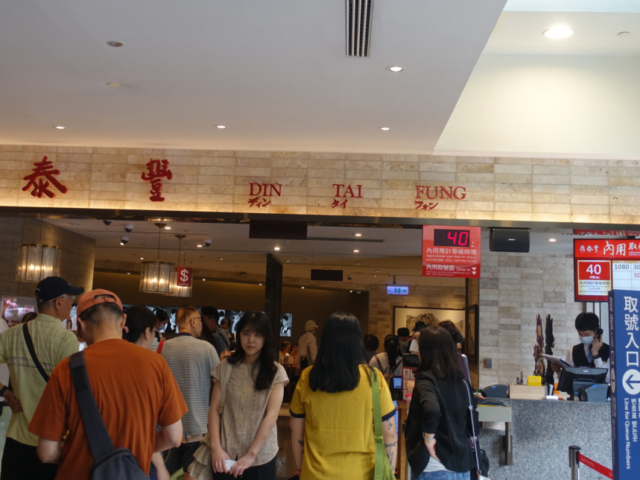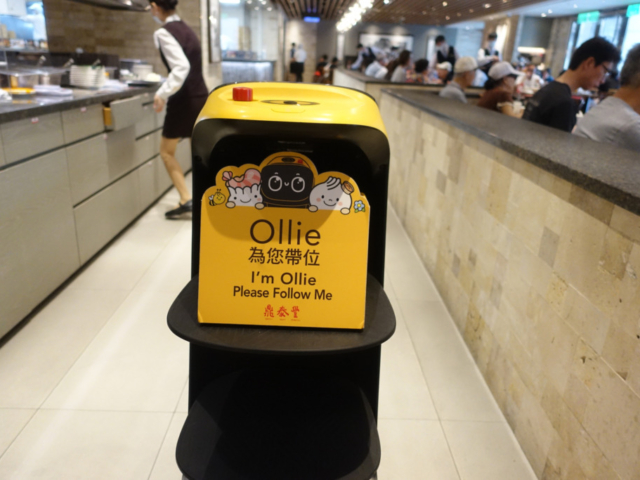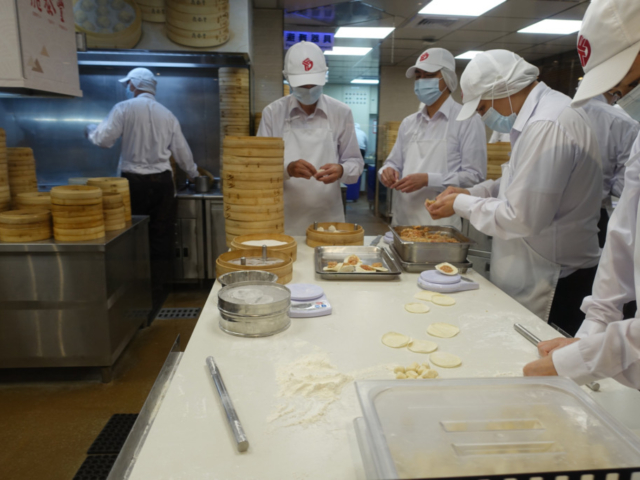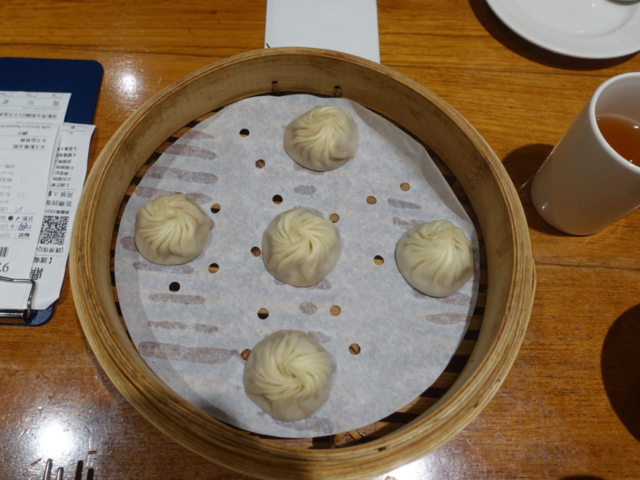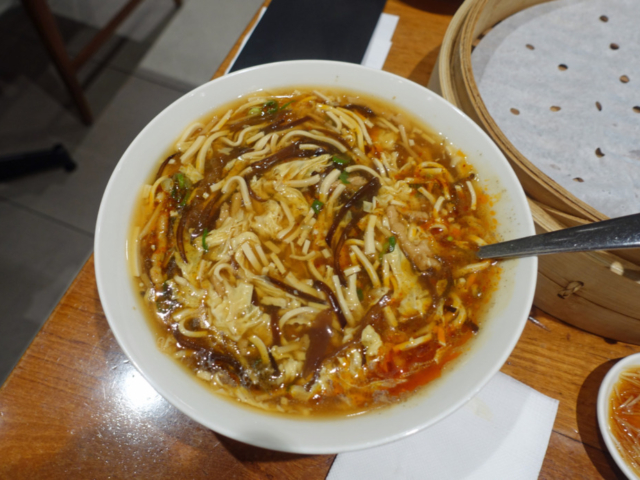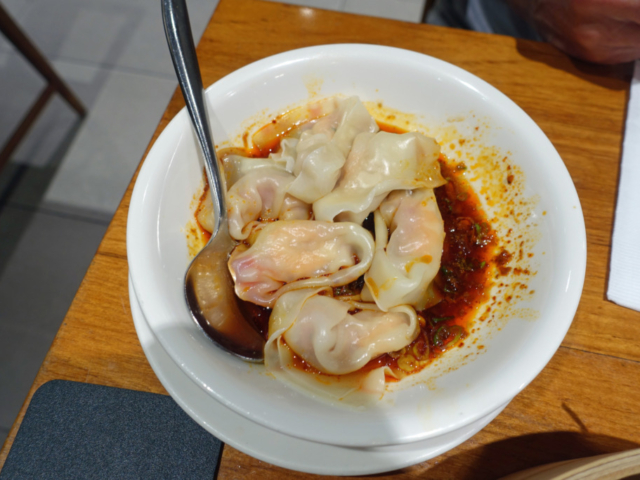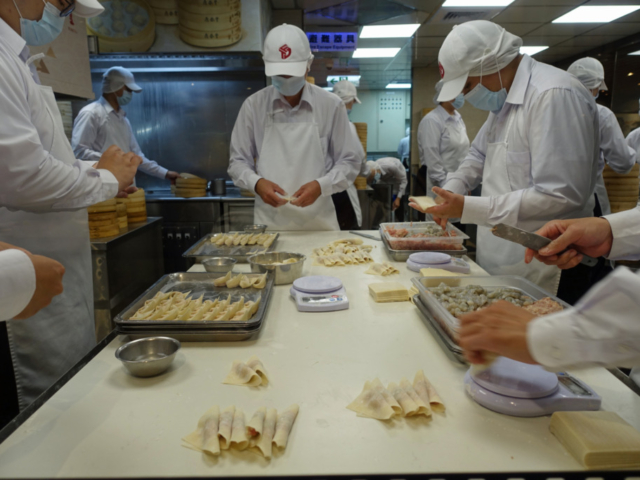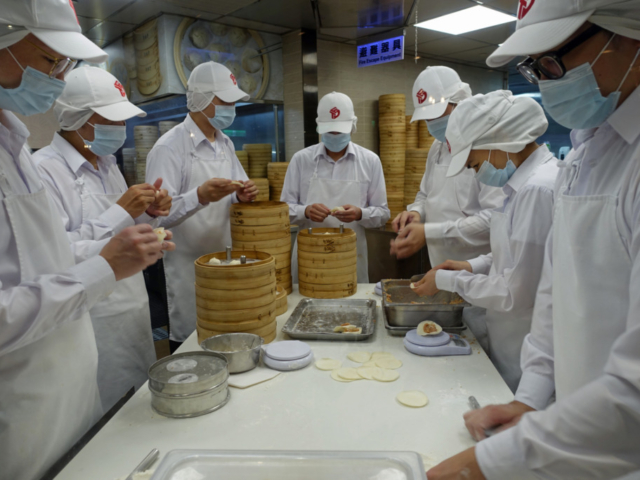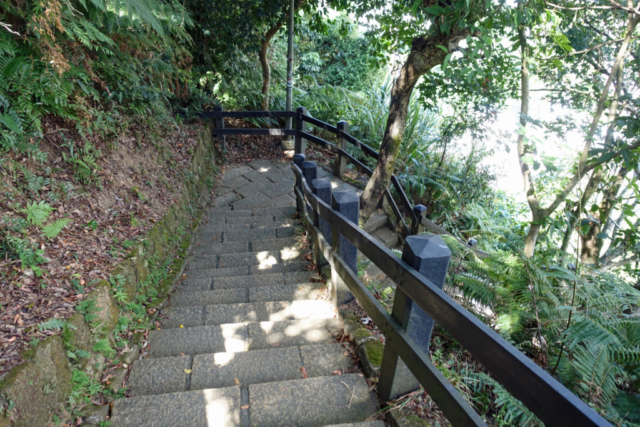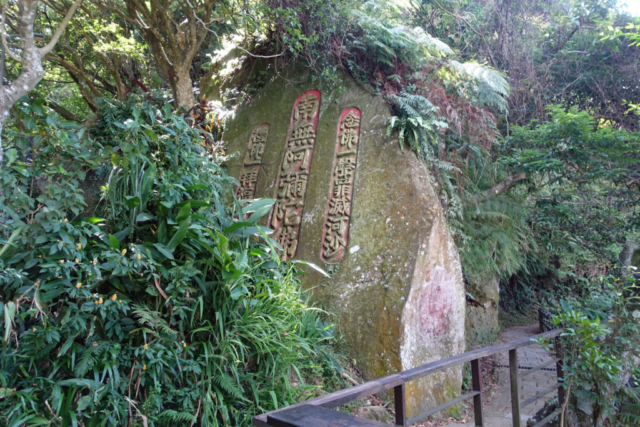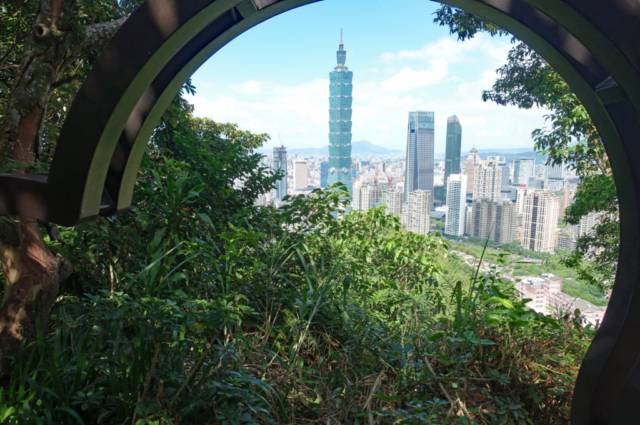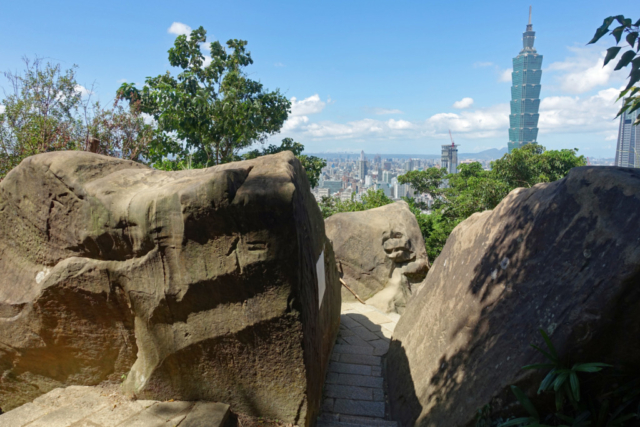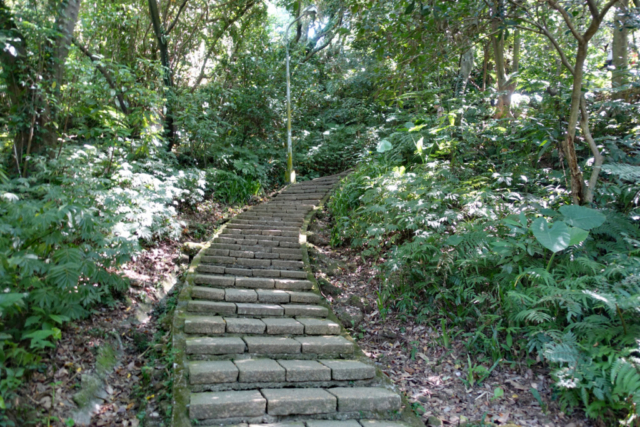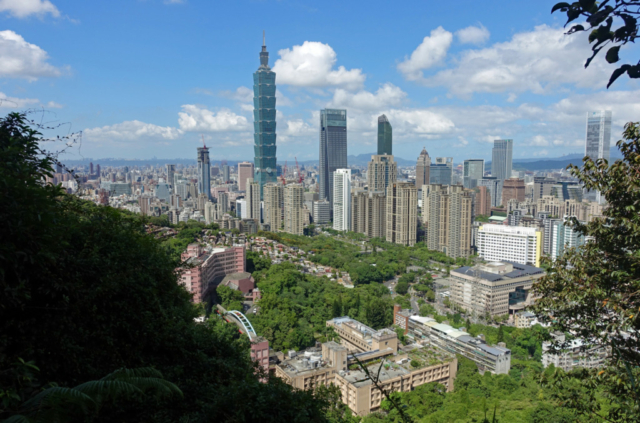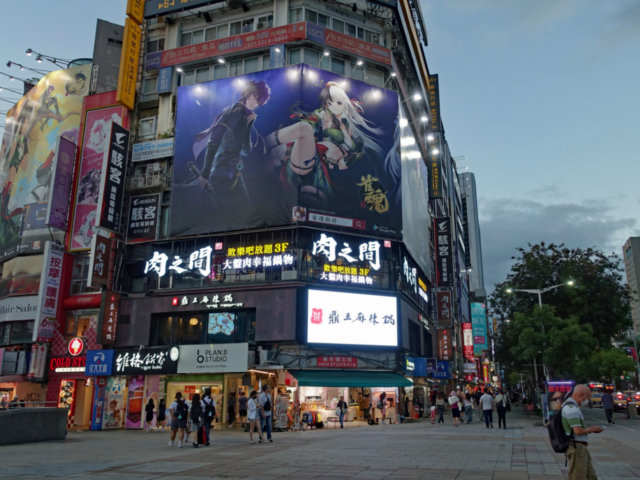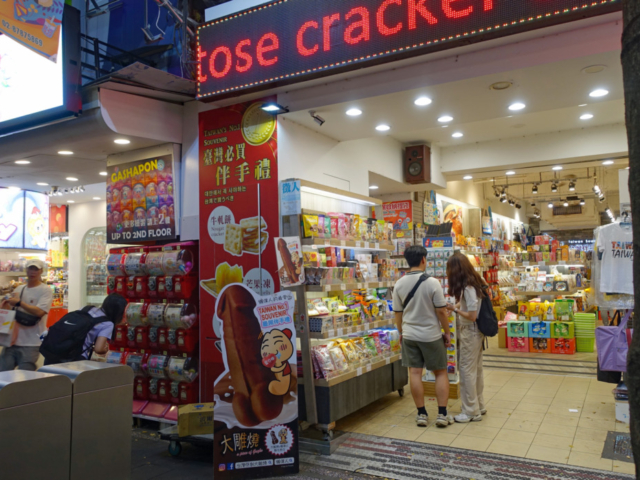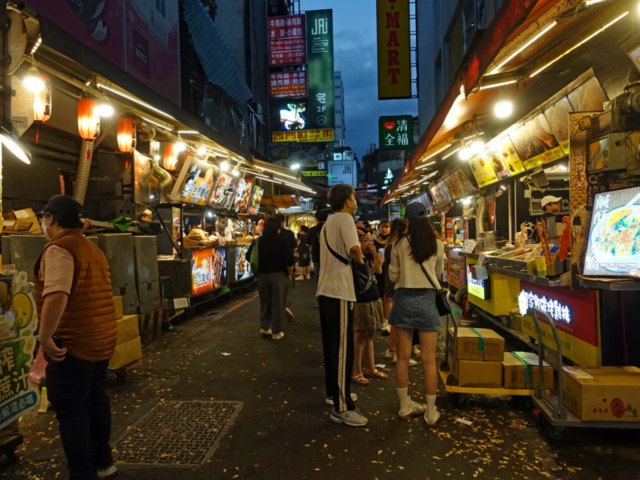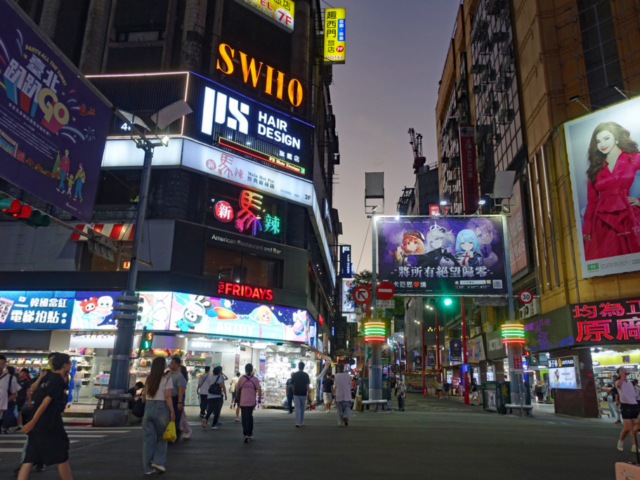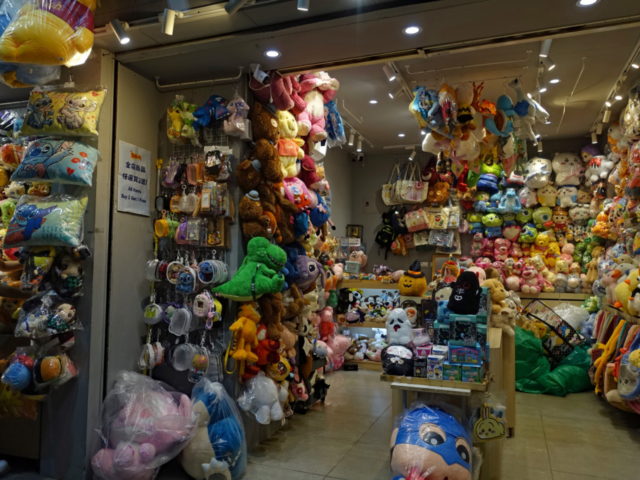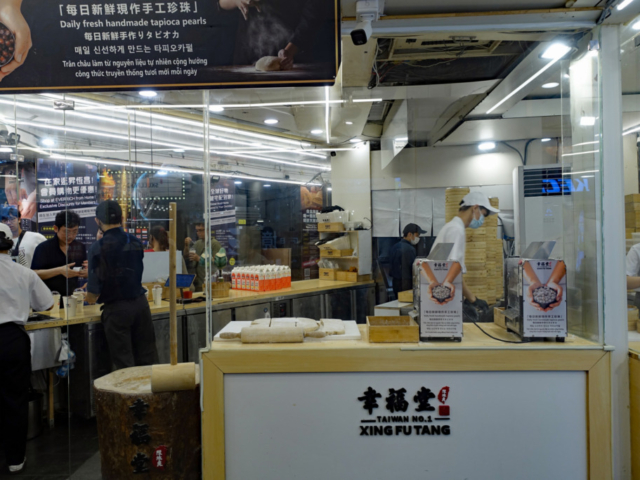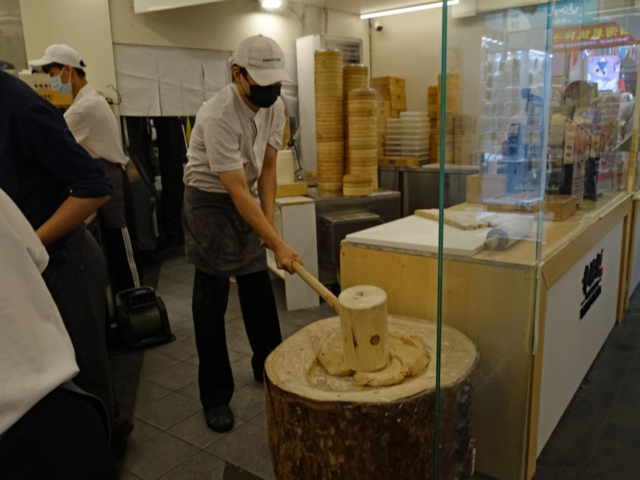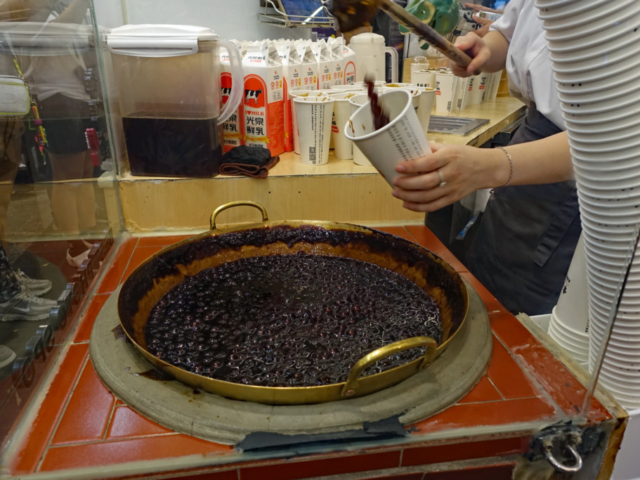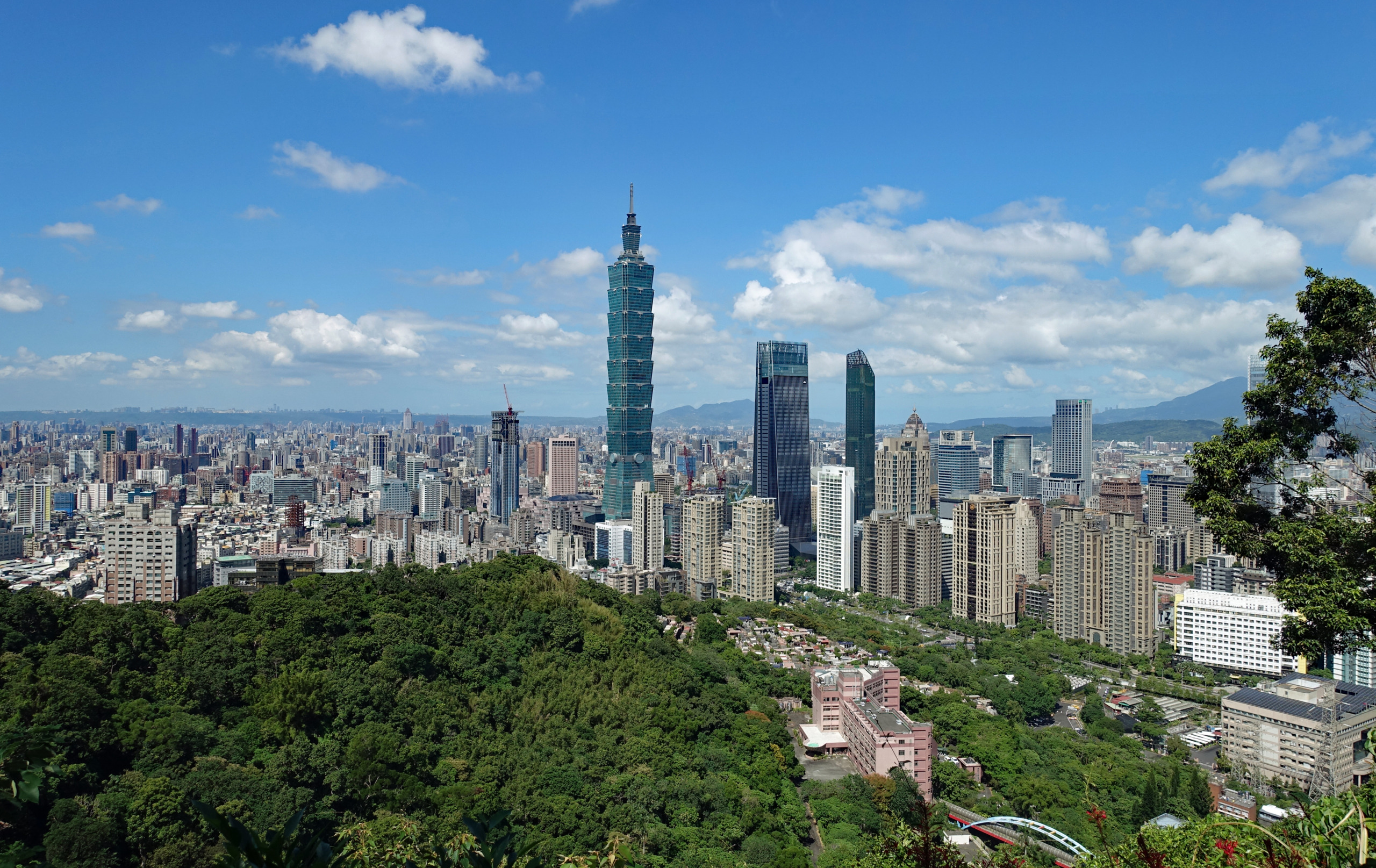
In 1949 the communists took over mainland China, founding the People’s Republic of China (PRC) at which point the defeated KMT opposition leader Chiang Kai-shek retreated to Taiwan with about 2 million Chinese people, re-establishing the KMT political party and claiming to still be the legitimate government of all of China. From 1949 onwards two China’s existed, PRC on the mainland (internationally recognized today) and the Republic of China (ROC) on Taiwan. When Chiang Kai-shek arrived in Taiwan he imposed martial law from 1949 to 1987-the longest period of martial law in modern history. This period was known as the White Terror, during which thousands were arrested, imprisoned or executed. Political opposition was banned and power was held by Chiang Kai-shek and later his son, Chiang Ching-kuo. Under growing internal and external pressures, Chiang Ching-kuo lifted martial law in 1987 and in 1988 the first native Taiwanese president took over.
The first presidential elections were held in 1996, establishing full democracy. Since then power has shifted back and forth between the DPP (generally pro-Taiwan identity) and the KMT (more China-friendly, though not pro-unification). Mainland China views Taiwan as a breakaway province and still vows to reunify-by force if necessary. Taiwan sees itself as a soverign, democratic state, although it does not officially declare independence, to avoid provoking China. Taiwan today is a vibrant democracy with global importance in the tech sector, they are the world’s leading semiconductor chipmaker, but remains in a tense and unresolved status with China, which impacts their international position.
Taiwan’s vibrant economy is evident in the capital city of Taipei, a modern metropolis with an impressive skyline, most noteably the Taipei 101 building. Formerly the tallest building in the world (2004-2010) and still the 11th tallest in the world at 508 meters (1,667 ft) tall, the building is a symbol of Taiwan’s economic rise and architectural innovation. The tower has one of the fastest elevators in the world and at the base is a shopping mall filled with high end designer stores. The jewelry stores are eye popping!!!
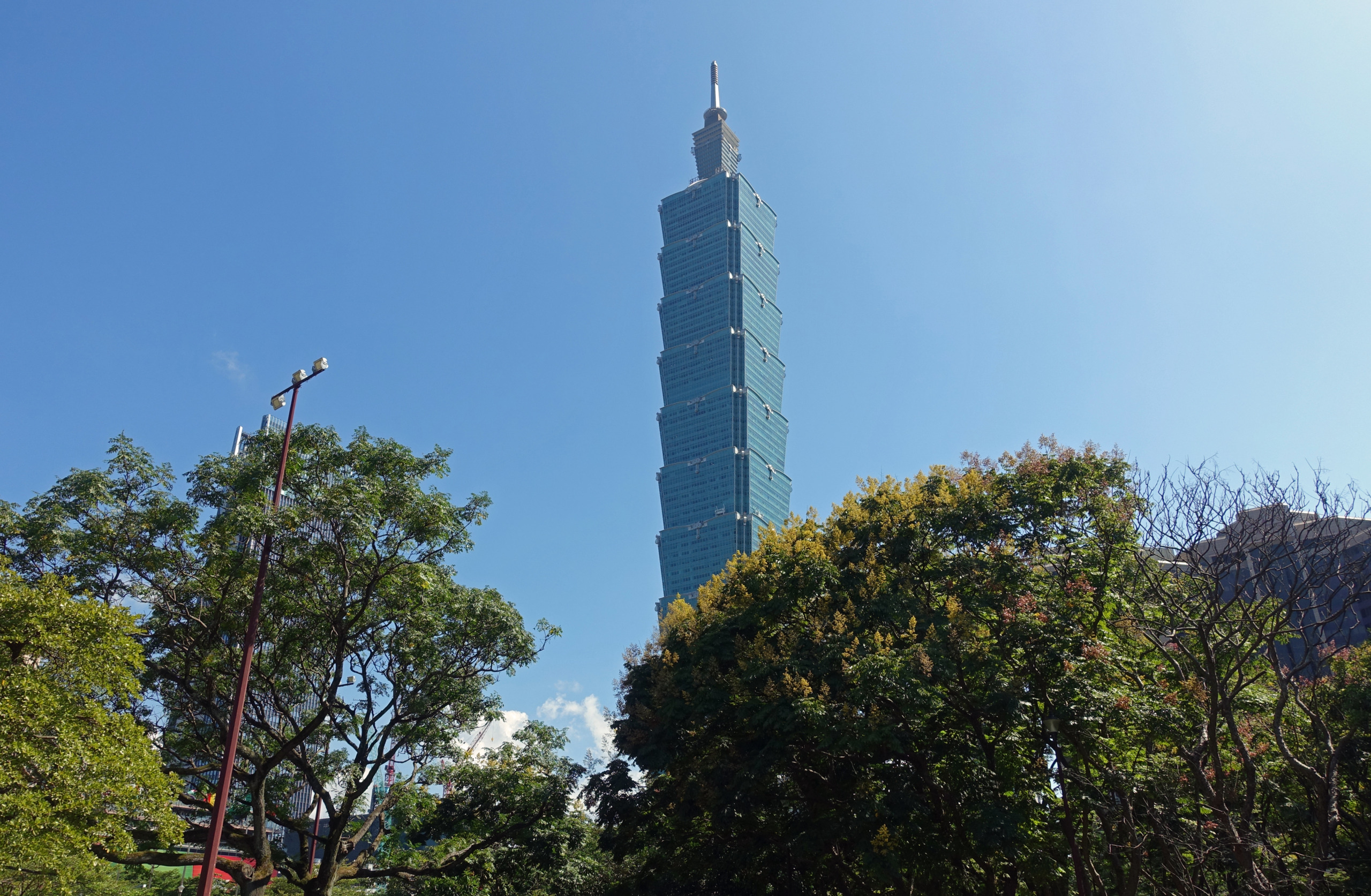
Taipei’s transportation system is clean, efficient and foreigner friendly so we had no trouble getting a train into the city center from the airport and navigating our way around the city on the subways. In the airport we saw a booth advertising “foreigner” train tickets and as we were sold our token, it was explained to us in detail how to get to the city center. We got a little lost and looking confused, a polite young man offered his help guiding us to the correct train direction. We have found the people in Taipei helpful to visitors. One way tokens on the purple line express train cost 160 TWD (USD $5.25) each.
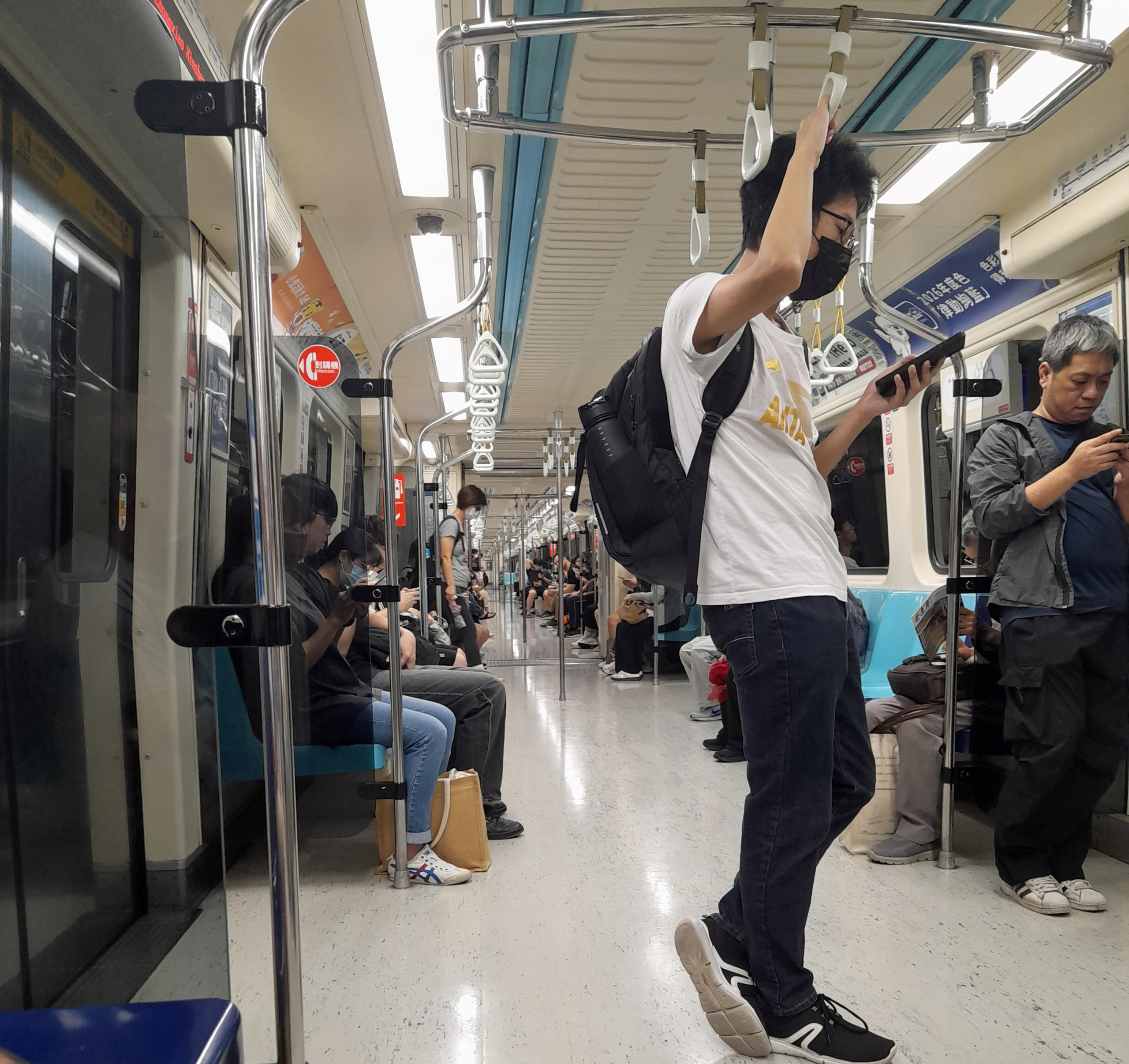
A short walk from our apartment is the Sun Yat Sen Memorial Hall. Completed in 1972 the building contains displays of Sun’s life and the revolution he led. He is revered in Taiwan as the Father of the Republic of China, separate from mainland China. We were not able to go inside because the hall is currently closed, with an expected reopening in 2026.
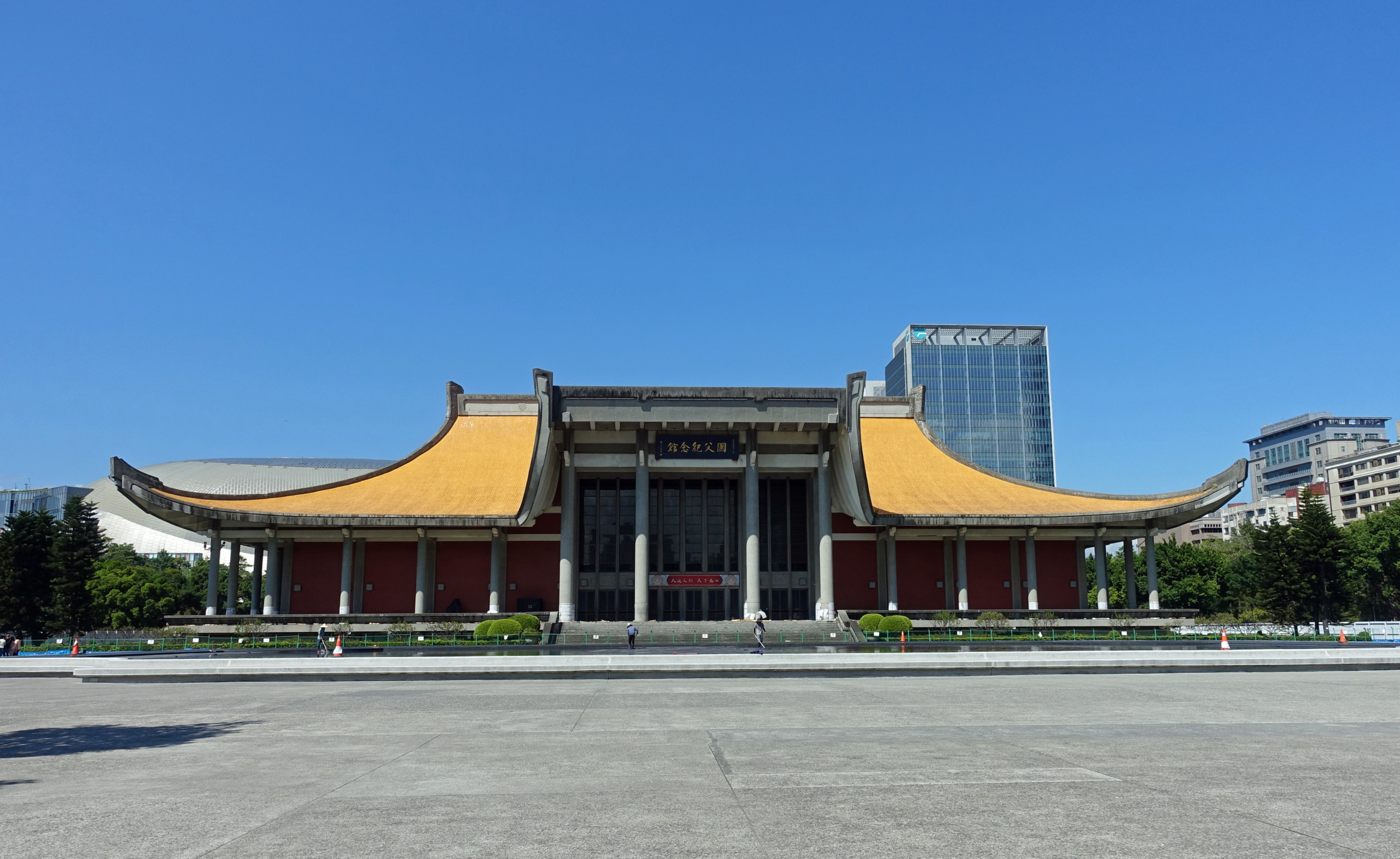
We signed up for a historic 3 hour free walking tour with Like It Formosa. Our first stop was the Longshan Temple, located in the heart of west end Taipei, serving as the religious center of local community. The temple was first established in the 18th century by Chinese immigrants. Today the temple is one of the most iconic buildings of historic Taipei and a popular destination for foreign visitors and worshipers.
From the temple we walked Bopiliao Historical Block where you will find the best-preserved architecture from the Quing dynasty. During its heydey the street was the commercial center of northern Taipei, filled with hostels, shops and public bath houses.
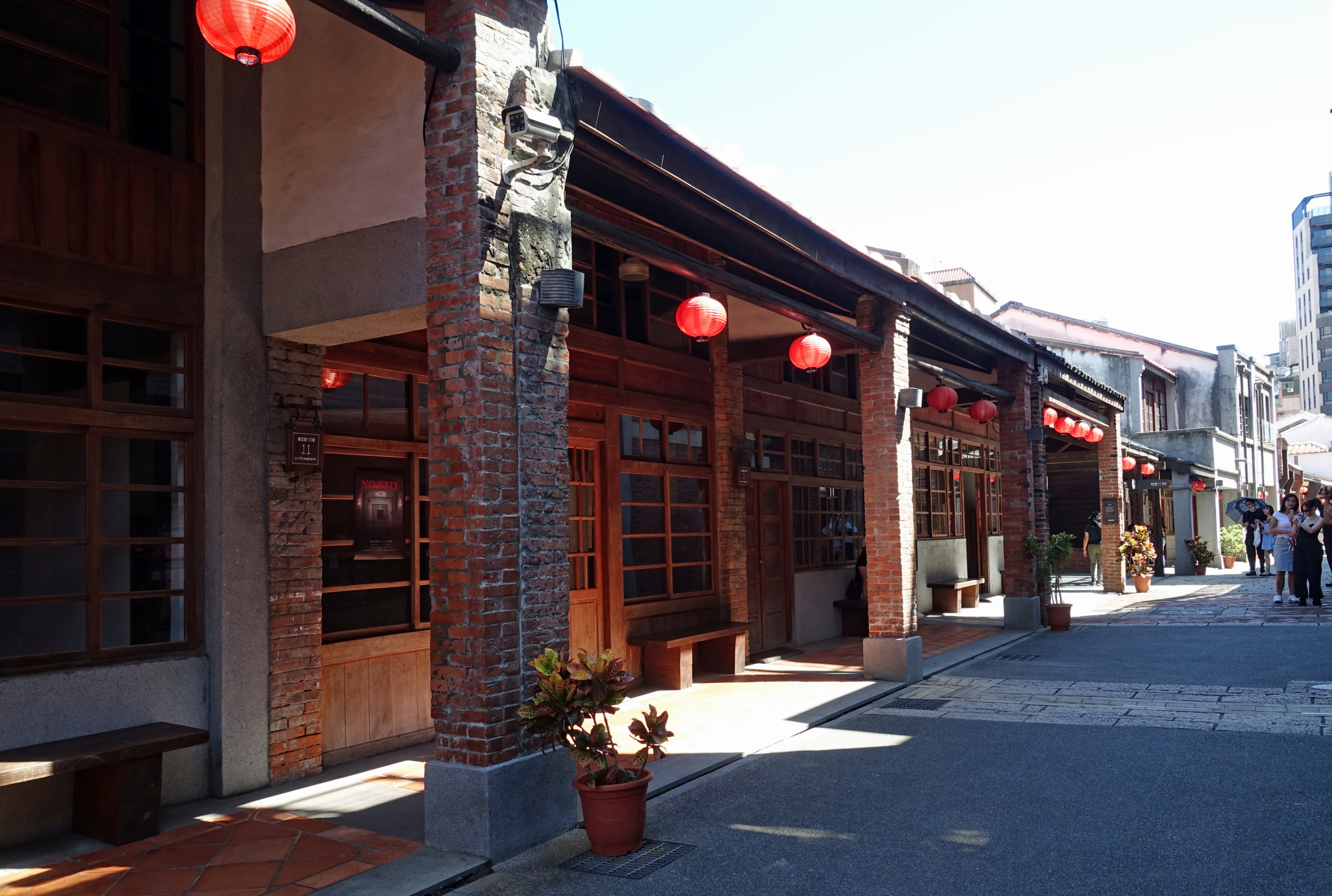
We breezed past a couple more less noteworthy stops before reaching the 228 Peace Memorial Park, so named in acknowledgement of the protest against the KMT government on February 28, 1947 which led to the death of thousands of civilians.
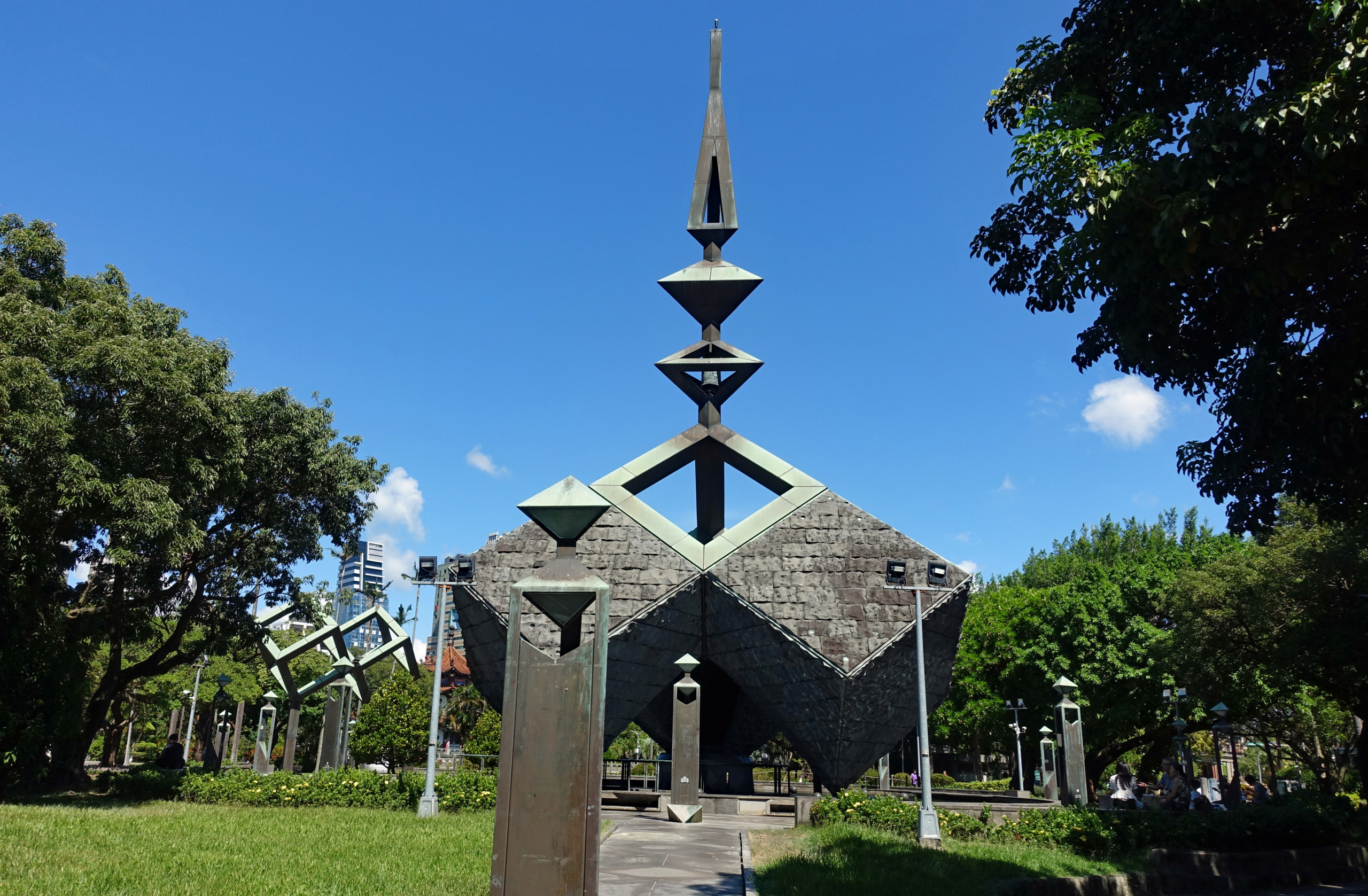
Our final stop was the Chiang Kai-shek Memorial Hall, a massive monument to this former ruler, central to national ceremonies as well as protests. It is built in traditional Chinese-style architecture and its a little surprising that this monument still stands given the current political situation. We did learn from our walking tour guide that it remains in place so as not to anger China but pretty much every other statue of Chiang Kai-shek has been removed with many relocated outside the city to Cihu Memorial Sculpture Park/Mausoleum. Hundreds of statues have been moved there under Taiwan’s transitional justice policies (ie dealing with the authoritarian past). Hearing this reminded us of our tour in Budapest when our guide mentioned that nearly all the statues of former communist figures had been moved to a ‘museum in the countryside’. Interesting to hear the same story in two very different parts of the world, yet both dealing with the collapse of an authoritarian rule.
The Taipei 101 building is a 508 m, 101 story skyscraper classified as the worlds tallest building from December 2004 until 2009 when that honor went to the Burj Khalifa in Dubai. It is the tallest building in Taiwan and the eleventh tallest building in the world. We bought tickets online for the 10-10:30am time slot going up to the 89th floor observation deck in the hopes it would be quiet at opening time. It was, so this looks like a good time to visit.
We spent 90 minutes wandering around the 89th and 88th floors and marveled at the tuned mass damper. Located on the 87th floor, the pendulum’s 660 ton mass is suspended from cables anchored on the 92nd floor and is stabilized by hydraulic cylinders. The damper experienced its biggest test to date in August 2015 when Typhoon Soudelor brought wind gusts of 230 km/h (140 mph) to Taipei. As the pendulum moved opposite with the building’s wind-induced sway, it limited the movement of the tower. There were some videos showing how much the damper moved during this typhoon and a 2024 earthquake, keeping the building stable. This is the only damper open to public viewing in the world. Tickets cost 600 TWD (USD $19.75) each.
When we descended from the Taipei 101 observation decks into the mall we walked by the famous Din Tai Fung restaurant. Well, I had never heard of it, but I hear its famous for their xiaolongbao (soup dumplings). When we passed by the other day the wait to get in was 160 minutes and this time it was 20 minutes so we decided to give it a try. We got our ticket and walked around the mall until our number was called, you can log into an app and watch the numbers being called so you know when its your turn. We ordered the xiaolongbau, hot and sour soup, spicy shrimp/pork dumplings and fried shrimp wontons. Honestly, I don’t know what the fuss is all about, but maybe we are not foodies. Our xiaolongbau were lukewarm and kind of average tasting, the hot and sour soup was really good though. I think my opinion may be tainted because I was unwell later that night into the next day, and since it was the only place we ate out that day I think it may have been from there.
The day I was unwell, Blair decided to hike Elephant Mountain. He returned with some great photos of Taipei but said there are many trails with no English signage so he walked all over the place unsure of where he should be going. The temps here have been in the mid 30’s celsius and with the humidity, feels like 41C. When Blair returned home he suggested that I would probably not enjoy the hike in the heat and that it was basically just stairs straight up the mountain. Well, good thing he did the hike so I did not have to!
The Ximending night market is a popular market and fun to wander around the narrow streets looking at all the stuff for sale, the games and variety of street food. One place that caught our attention was Xing Fu Tang and the huge lineup for their Brown Sugar Boba Milk drink. The drink consists of caramelized brown sugar boba (tapioca pearls), ice, milk, creamy milk foam, topped with brown sugar that is lightly torched-creme brulee style. Too much sugar for us but hugely popular here in Taiwan.
October 10 was a national holiday here in Taiwan so in the morning we headed over to the Chiang Kai-shek Memorial for a better look around than we had on our walking tour. There were loads of people sitting on the steps and we determined that there would be a flyover at 10 am, so we waited. Three military helicopters did a pass by flying the national flag, we had hoped for some jets!
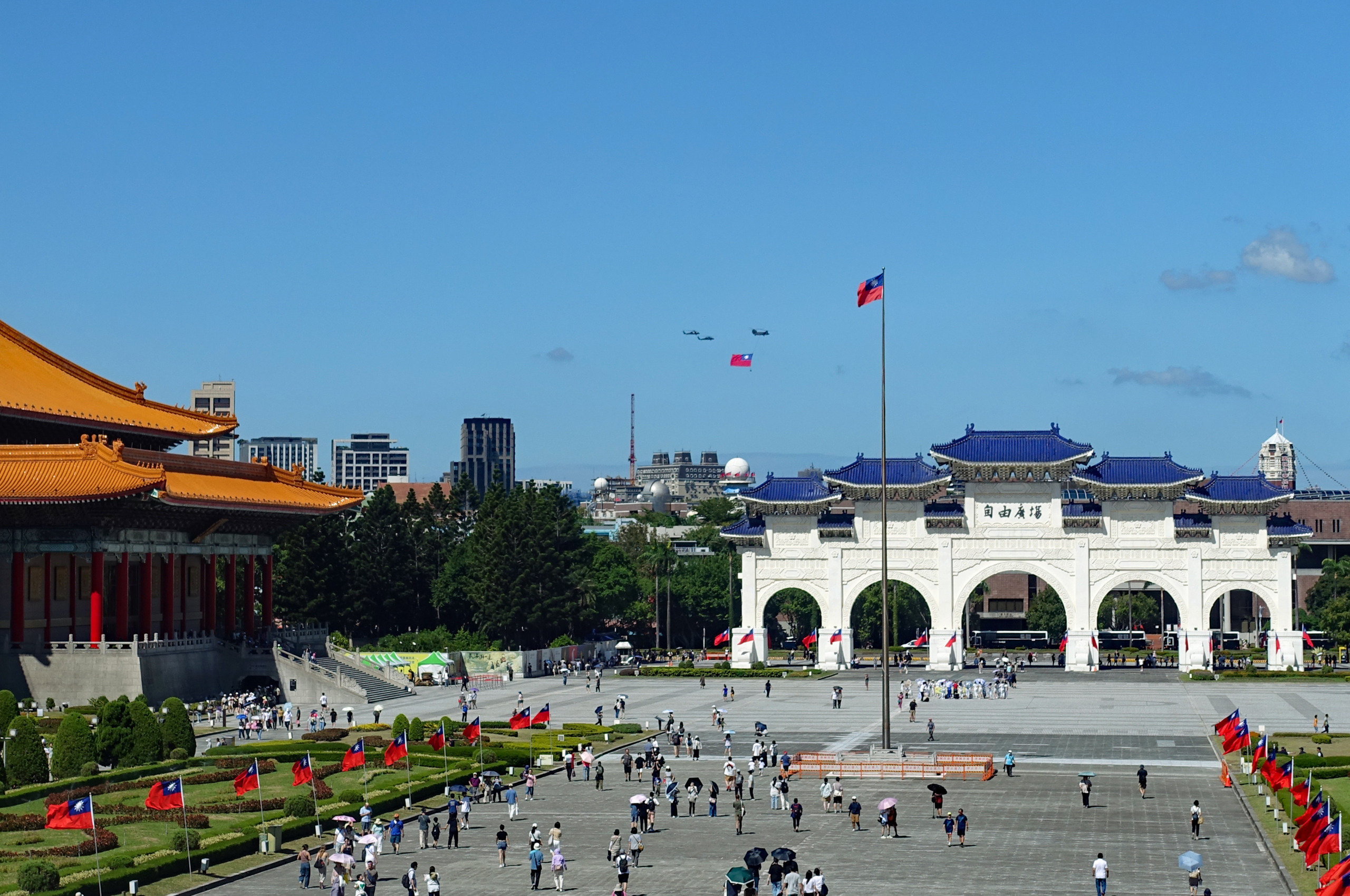
We had also heard there would be a fireworks display on the Taipei 101 building so at 9:40 pm we headed up to the roof of our building for a birds eye view of the show, it was really great to see the fireworks coming of the tower but all the smoke obscured the later rounds of fireworks. You can see a short clip of the fireworks here: https://youtu.be/mcBndFqIUGA
Taipei is one of the safest cities in Asia with excellent infrastructure and a high standard of living. The culture is a mix of traditional and modern with ancient temples next to gleaming skyscrapers. We have enjoyed our week here expanding our knowledge of the island’s turbulant history and current political situation, visiting the popular tourist sites and Blair hiking Elephant Mountain for magnificent views of the city. We are glad we came to Taipei and there is a lot to do but, it’s another big city and we prefer the countryside or being on the ocean. I am not sure we will return unless we left the city and explored the country, which I hear is gorgeous. So, maybe one day!
Next up, another huge metropolis, Bangkok…..
TRIP TIPS
Do not take a taxi unless you have Taiwan dollars. We were not made aware of this at the train station until reaching our destination only to find out he refused credit cards. So, he had to show us to an ATM before we were let off at our apartment. Just a little stressful.
As you are walking through the Taoyuan Airport keep your eye out for the ‘foreigner friendly’ booth selling train tickets to the city center. It was much easier than using the ticket machines.
Buy an EasyCard from any corner store to use the public transit system, which is clean and efficient. The card costs 120 TWD (USD $3.95) and can be pre-loaded with funds. You must pay cash to put money on the card and the cost of the card is non-refundable. If you don’t use the funds on the transportation the balance can be used up at most convenience stores. The cards have all sorts of cute characters on them and are a nice little souvenir from Taiwan.
.
.

